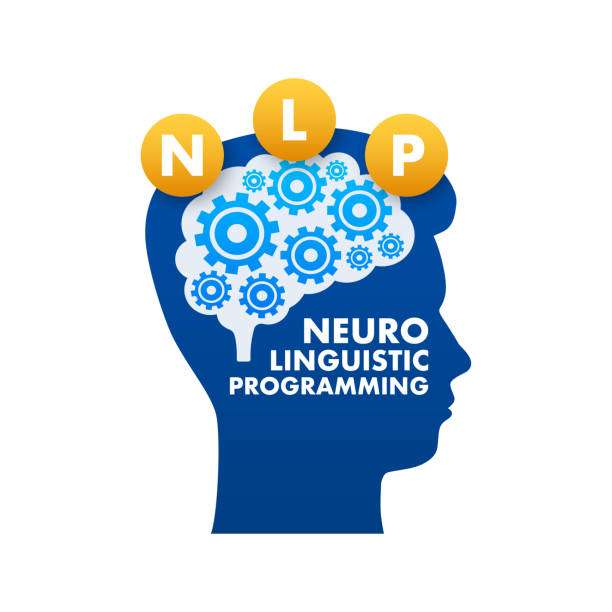Natural Language Processing ( Neuro Linguistic Programming ) { NLP }complete course.

About Course
Every day, our computers and phones correct our spelling, curate our social media, or translate news articles for us. But have you ever wondered how these applications work on a basic level? It turns out that these are often really difficult tasks. The branch of computer science working on solutions is called Natural Language Processing – or NLP for short.
At the end of this four-week course, you will be equipped with a solid understanding of how to work with text – that is, with written language. You’ll have the foundation to go forth and explore both traditional, time-tested approaches as well as the exciting, modern advanced approaches using deep learning. Putting all of this together, you’ll extend your reach in NLP through two assignments: to create your own text classification application and a generative, text suggestion system, like autocomplete, two very practical NLP applications that all of us use everyday.
This course introduces the core techniques of natural language processing (NLP) and computational linguistics. But we introduce these techniques from data science alongside the cognitive science that makes them possible.
How can we make sense out of the incredible amount of knowledge that has been stored as text data? This course is a practical and scientific introduction to natural language processing. That means you’ll learn how it works and why it works at the same time.
On the practical side, you’ll learn how to actually do an analysis in Python: creating pipelines for text classification and text similarity that use machine learning. These pipelines are automated workflows that go all the way from data collection to visualization. You’ll learn to use Python packages like pandas, scikit-learn, and tensorflow.
On the scientific side, you’ll learn what it means to understand language computationally. Artificial intelligence and humans don’t view documents in the same way. Sometimes AI sees patterns that are invisible to us. But other times AI can miss the obvious. We have to understand the limits of a computational approach to language and the ethical guidelines for applying it to real-world problems. For example, we can identify individuals from their tweets. But we could never predict future criminal behavior using social media.
This course will cover topics you may have heard of, like text processing, text mining, sentiment analysis, and topic modeling.
What Will You Learn?
- Construct applications using unstructured data like news articles and tweets.
- Apply machine learning classifiers to categorize documents by content and author.
- Assess the scientific and ethical foundations of text analysis.
- Practice using document similarity and topic models to work with large data sets.
- Visualize and interpret text analytics, including statistical significance testing.
- Assess the scientific and ethical foundations of new applications for text analysis
- Understand why Natural Language Processing is so challenging for computers
- Learn how to process natural language into representations suitable for computers.
- Master language models, which assign probabilities to word sequences.
- Build text classification programs through two different classification paradigms
Student Ratings & Reviews

